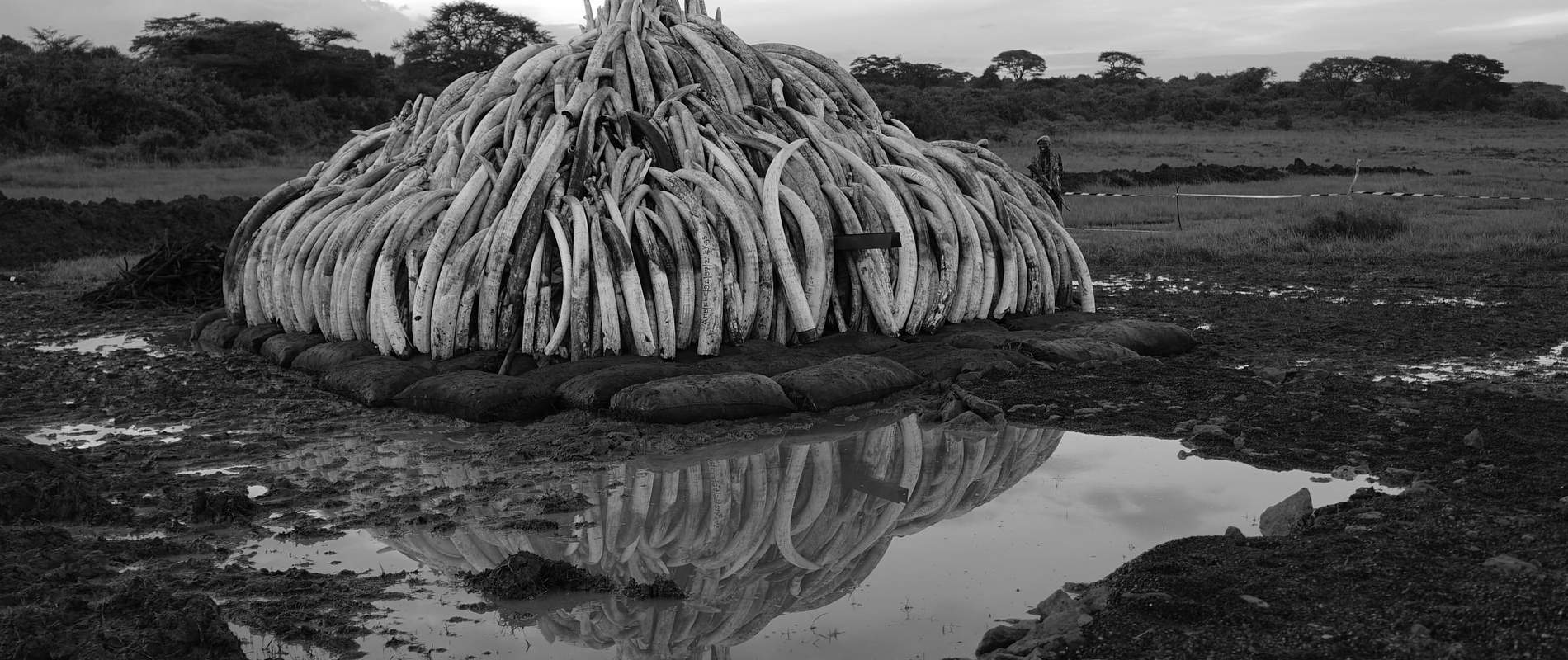On Saturday 30th April, we watched the ivory tusks of around 10,000 elephants go up in flames in Nairobi National Park, in a symbolic statement by Kenya, that elephants are worth more alive
On Saturday 30th April, we watched the ivory tusks of around 10,000 elephants go up in flames in Nairobi National Park, in a symbolic statement by Kenya, that elephants are worth more alive.
Arranged in eleven massive pyres each dedicated to the region of Kenya from where the tusks were seized, each tusk beheld a story of the individual to which it belonged. Several tusks belonged to elephants we, and the orphans in our care, knew, and in seeing the uniqueness of each tusk’s shape, through to its tombstone-like markings stating the date and area from where a tusk was recovered, we saw a glimpse into the life that animal had experienced, before it was cut short by poachers.

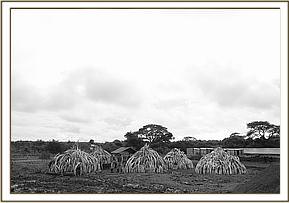
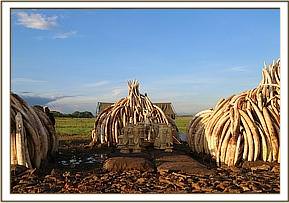

The burn is the fourth undertaken by Kenya since 1989, all of which the DSWT have attended and witnessed. Last weekend’s burn, which continued for two days, consisted of 105 tonnes of ivory and 1.35 tonnes of rhino horn; the largest single stockpile destruction the world has seen and a clear and strong statement to the world that Kenya’s wildlife heritage is not for sale. The only value in ivory is on a living elephant.
Throughout the lead up to the burn, we spoke loudly about the need to protect our wildlife; there are clear economic benefits but ultimately, we have a clear moral duty to protect Kenya’s and Africa’s elephants and their destruction weighs heavily on our collective conscience.
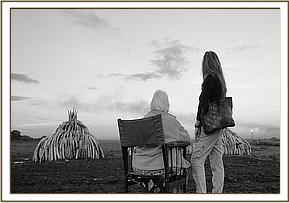
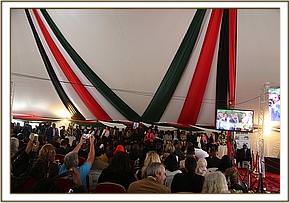

This was underscored by Kenya’s President, His Excellency Uhuru Kenyatta who, speaking to more than 1,000 invited guests and teams of media from around the world, said: “Kenya is making a statement that for us ivory is worthless unless it is on our elephants. This will send an absolutely clear message that the trade in ivory must come to an end and our elephants must be protected. I trust that the world will join us to end the horrible suffering of our herds and save our elephants for future generations.”
The impact of the event was immediately apparent, when Ségolène Royal, French minister of the Environment, Energy and the Sea used the platform to announce internationally her decision to adopt a near total ban of ivory sales in France. Adding that she would seek to influence other EU States to implement their own national sales bans.
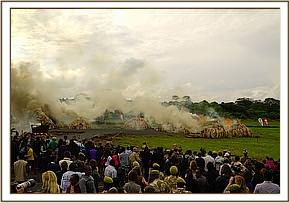
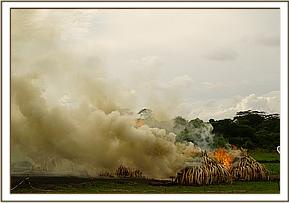
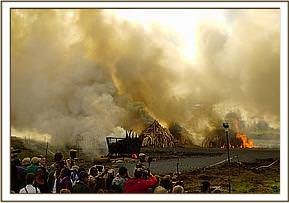
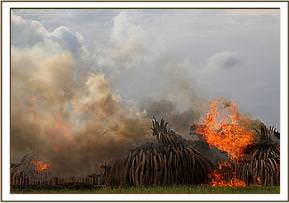

Kenya has been a leading light among African nations in tackling poaching, meting out stiff sentencing for wildlife offenders, utilising sniffer dogs to root out ivory at customs and working in partnership with NGO’s like the David Sheldrick Wildlife Trust who share a common mission: to put poachers out of business. In the past 11 months, Kenya has lost 94 elephants—in contrast to several hundred for the same period the previous year, and in Tsavo National Park, we’ve seen poaching deaths drop by 50% in the past three years thanks to KWS/DSWT aerial surveillance, antipoaching patrols and veterinary intervention.
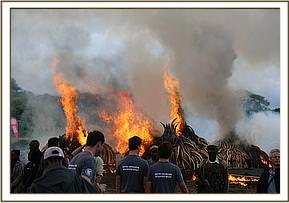
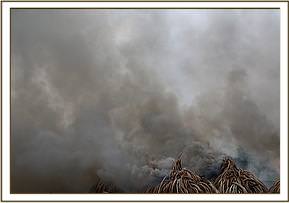
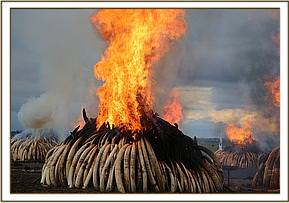
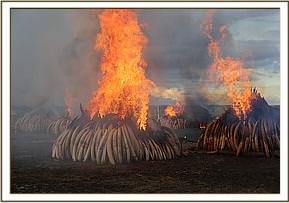

But put simply, poaching and the ivory trade is not an African issue, it is a global one, and for that, it requires a global solution. Among those who attended the burn were representatives from the UN, Interpol, International government embassies, as well as member nations of the Giants Club which concluded its two-day summit in Nanyuki hours before the burn. Bringing together member countries including Kenya, Gabon, Uganda and Botswana, as well as embassies including representatives of the Chinese Embassy, significant funds were pledged at the summit for conservation, which was convened as part of efforts to share knowledge and which aims to protect 50% of Africa’s elephants by 2020.
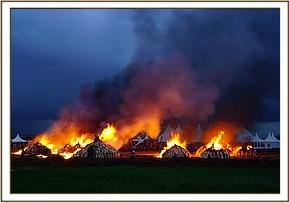
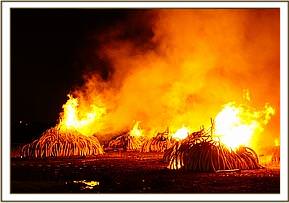

As the fire has raged on for the past couple of days, reducing the 105 tonnes of tusks to shards and ashes, children and the public have been afforded the chance to witness the dying embers. Evoking all manner of emotions, standing in front of the pyres gives a moment of reflection about what humankind is doing to our planet. But we can also be the difference in saving the living kin of those fallen elephants reflected in the flames. Such a colossal amount of ivory being destroyed, seven times larger than any other such ivory destruction, is important as it cannot be ignored by the global media. This is a statement to the world that Kenya’s elephants are worth more alive and its elephants are not there for the taking.
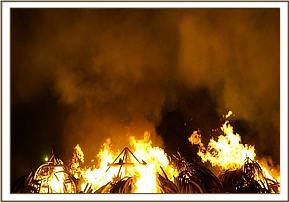


As the flames die away, we continue our daily work in partnership with the Kenya Wildlife Service: to preserve, protect and conserve Kenya’s wildlife. Tirelessly continuing the fight for the survival and future of elephants. The tide we hope is beginning to turn, and we will be there until this fight is over.
